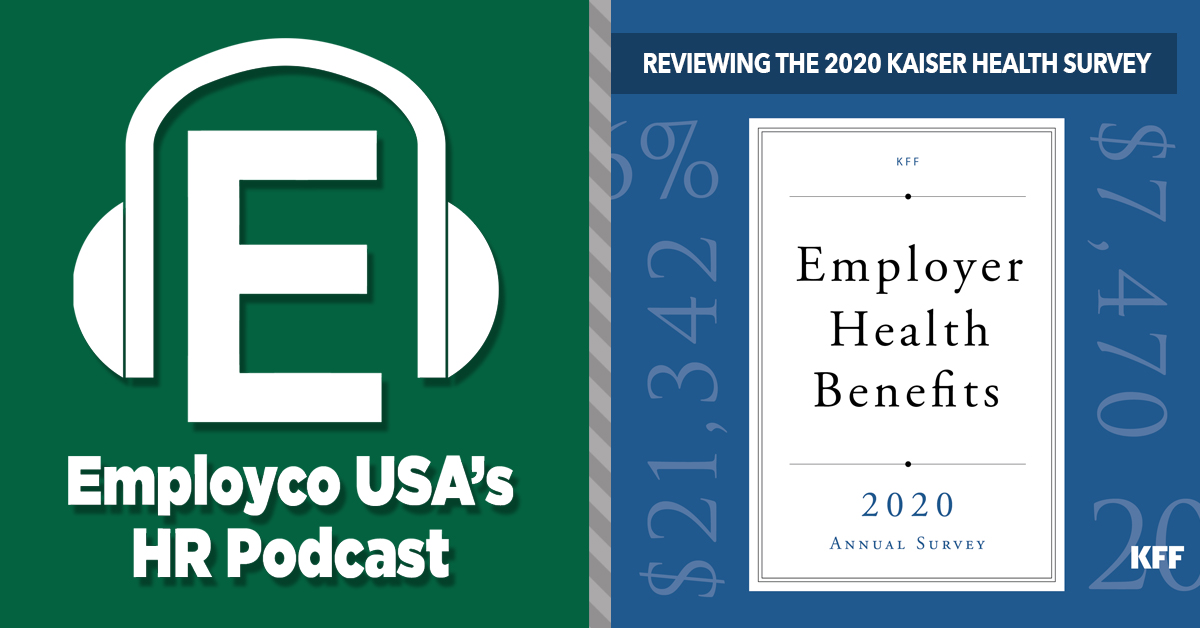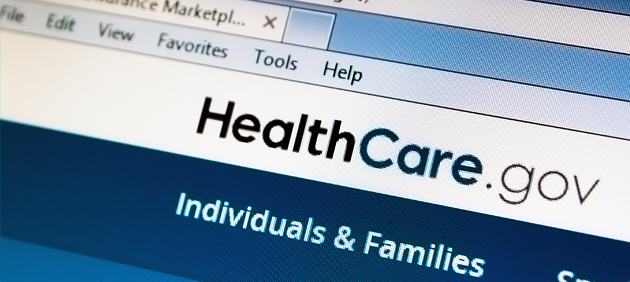Group insurance expert predicts how Pres. Trump’s decision will impact average American
 Many people are concerned that their employers are going to opt against paying for birth control now that President Trump has taken steps to reverse the federal mandate requiring companies to do so.
Many people are concerned that their employers are going to opt against paying for birth control now that President Trump has taken steps to reverse the federal mandate requiring companies to do so.
“Headlines across the country have frightened people into thinking that their companies are no longer going to pay for their contraception,” says Rob Wilson, President of Employco USA and group insurance expert. “Thankfully, this is going to be unlikely across the board. Even before President Obama used the Affordable Care Act to require employers to pay for birth control for employees, 9 out of 10 companies already did so.”
Essentially, the ruling just allows for people to opt against covering contraceptive costs if it challenges their religious beliefs, however, the number of employers who fall in this category will be small, says Wilson. And, he says changes are even less likely when it comes to big firms.
“From a business standpoint, it’s wise to provide affordable contraception options to your workers,” says Wilson. “After all, birth control is much less expensive than the cost of pregnancy and delivering a baby, not to mention family leave. So, the reality is that despite the scary headlines, most employees should expect little to no changes in their contraception costs.”
Nor does he think employers would be wise to use this as a loophole to get out of paying for birth control. “One way or another, all employers pay a price for their workers’ reproductive decisions,” Wilson says. “Financially speaking, contraception is the least expensive option, provided it does not go against your religious beliefs.”
For more on this topic, please contact Rob Wilson at rwilson@thewilsoncompanies.com.
 ‘Tis the season to get new health insurance rates! Rates are dramatically on the rise, with some companies seeing increases in premiums from 20 to 40 percent. Due to COVID’s impact, hospitals need to pay their workers more than ever before, just to retain employees and ensure that they stay staffed. And, supply chain issues mean price increases across the board, even in the healthcare industry.
‘Tis the season to get new health insurance rates! Rates are dramatically on the rise, with some companies seeing increases in premiums from 20 to 40 percent. Due to COVID’s impact, hospitals need to pay their workers more than ever before, just to retain employees and ensure that they stay staffed. And, supply chain issues mean price increases across the board, even in the healthcare industry.
 A
A  Blue Cross Blue Shield is proposing premium cuts in many states across America for 2019, with some states seeing as much as a 5% decrease or more. However, there could be more to this story than meets the eye.
Blue Cross Blue Shield is proposing premium cuts in many states across America for 2019, with some states seeing as much as a 5% decrease or more. However, there could be more to this story than meets the eye. According to the most recent data, premium healthcare plans for individuals in 2019 will increase by 15 percent in many states across America. As the Affordable Care Act continues to be in flux, employers are very concerned about how they can help keep healthcare costs down.
According to the most recent data, premium healthcare plans for individuals in 2019 will increase by 15 percent in many states across America. As the Affordable Care Act continues to be in flux, employers are very concerned about how they can help keep healthcare costs down.
 Many people are concerned that their employers are going to opt against paying for birth control now that President Trump has taken steps to reverse the federal mandate requiring companies to do so.
Many people are concerned that their employers are going to opt against paying for birth control now that President Trump has taken steps to reverse the federal mandate requiring companies to do so. Rob Wilson, President of Employco USA and group insurance expert, says, “Employees say that an employer’s health insurance plan is more important to them than their actual salary, but as these numbers show, offering group insurance can be a losing game for employers. For the last five years, employer costs to insure each employee have risen, but now we are looking at a significant bump: 5 percent or more.”
Rob Wilson, President of Employco USA and group insurance expert, says, “Employees say that an employer’s health insurance plan is more important to them than their actual salary, but as these numbers show, offering group insurance can be a losing game for employers. For the last five years, employer costs to insure each employee have risen, but now we are looking at a significant bump: 5 percent or more.”